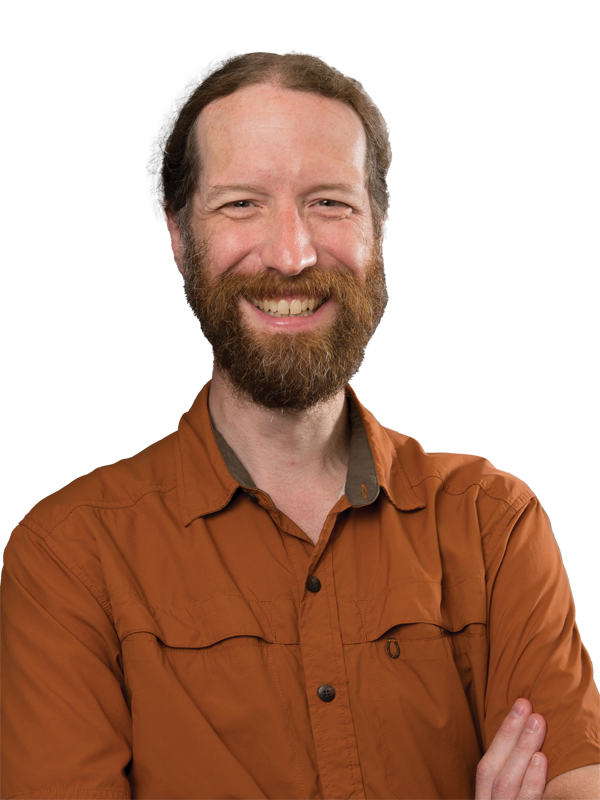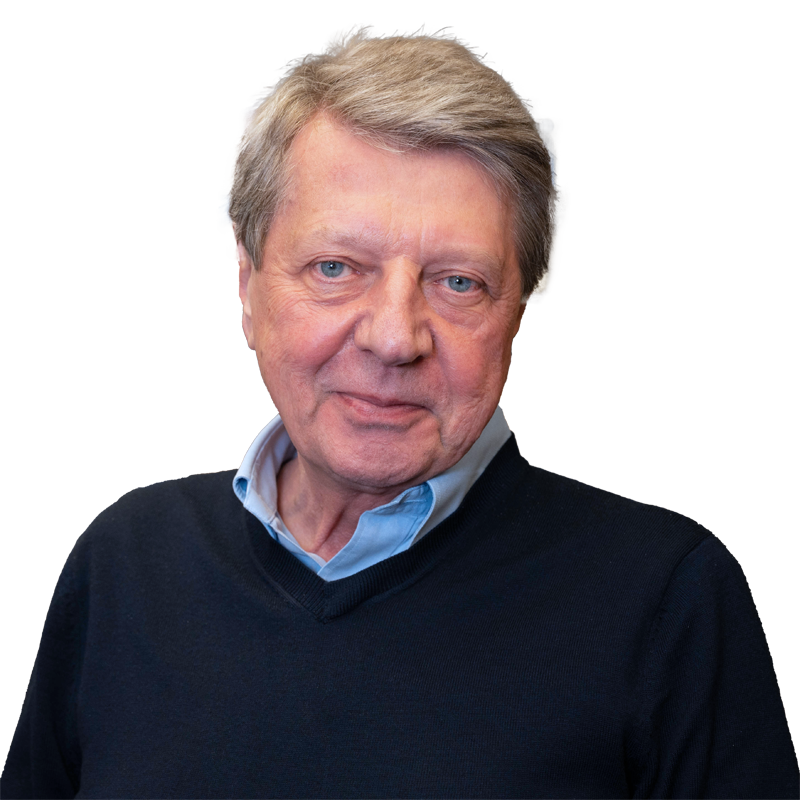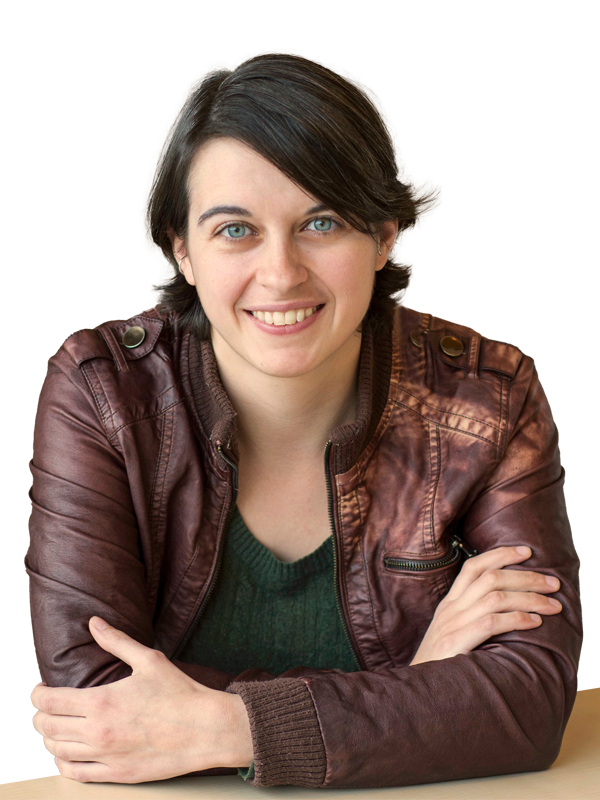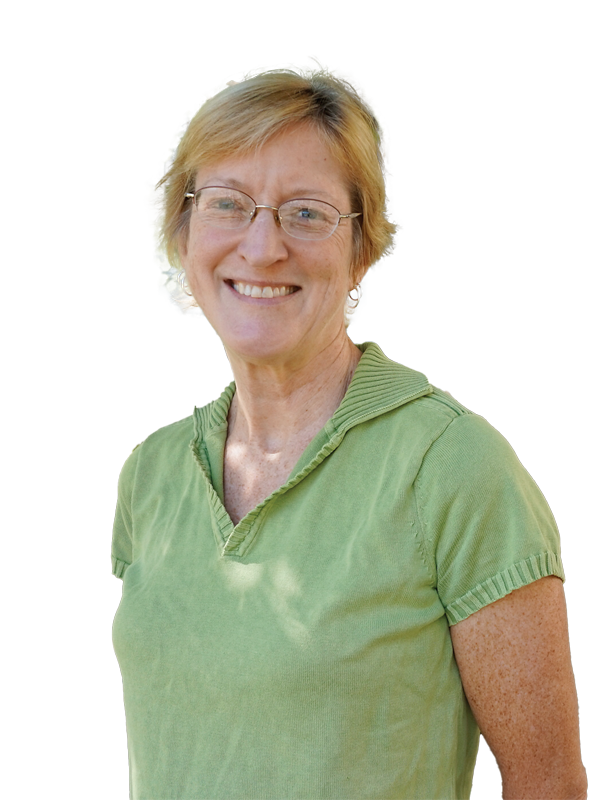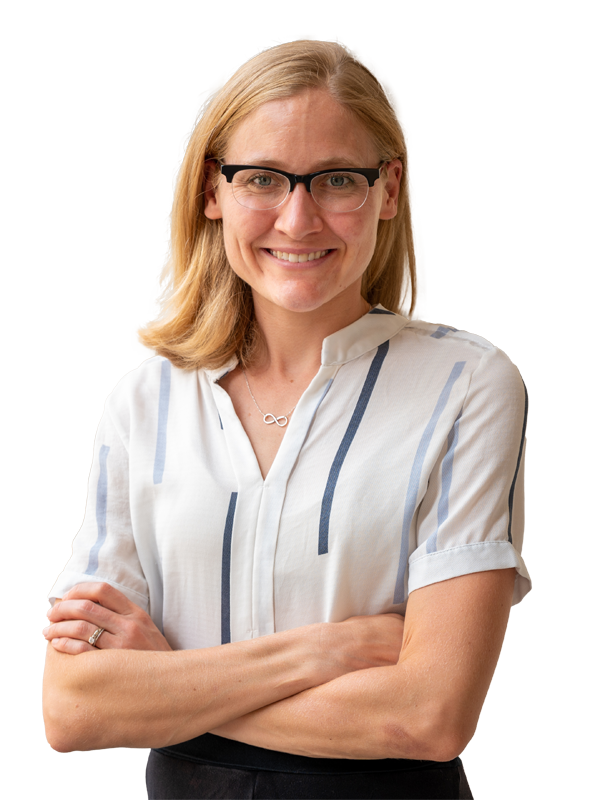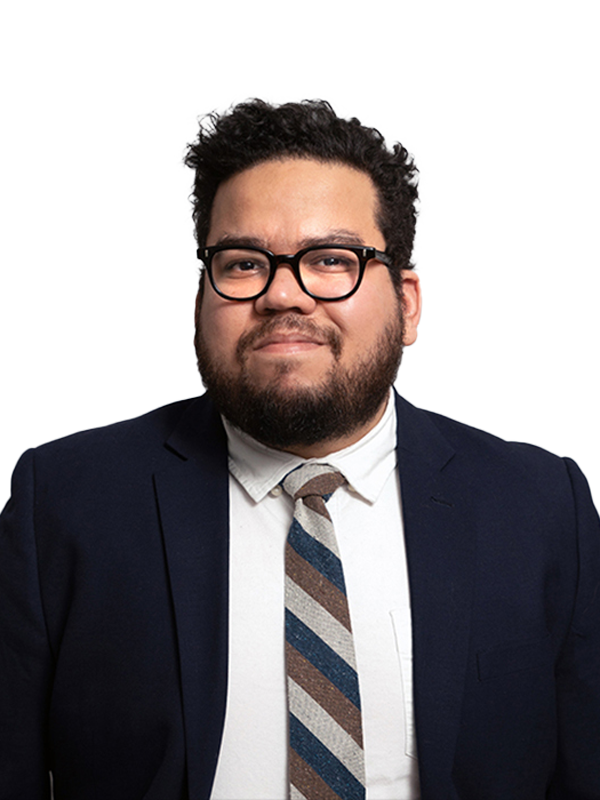Faculty Notes
Donahue earns ACS Award for Research
The American Chemical Society (ACS) selected Neil Donahue as the recipient of the 2023 ACS Award for Creative Advances in Environmental Science & Technology, which recognizes creativity in research and technology or methods of analysis to provide a scientific basis for informed environmental control decision-making processes.
Donahue, the Thomas Lord Professor of Chemistry and Professor of Chemical Engineering and Engineering and Public Policy, was honored for developing the “Volatility Basis Set,” which has become one of the main tools to understand and describe the chemistry and physics of organic aerosols in the atmosphere.
“The VBS came out of collaboration between experimental and modeling colleagues across CMU — Allen Robinson in mechanical engineering, Spyros Pandis in chemical engineering and Peter Adams in civil and environmental engineering as well as Engineering and Public Policy,” said Donahue, who directs the Steinbrenner Institute for Environmental Education and Research. “The award is a huge honor, and it is a real testament to the power of collaborative research.”
■ Jocelyn Duffy
Matyjaszewski wins national award
The National Academy of Sciences (NAS) has named Krzysztof Matyjaszewski, the J.C. Warner University Professor of Natural Sciences, the recipient of the 2023 NAS Award in Chemical Sciences for his trailblazing and transformative advancements in polymer chemistry.
Matyjaszewski is globally recognized for discovering and developing atom transfer radical polymerization (ATRP), a novel method of polymer synthesis that has shaped the field and can be used to produce a wide range of polymers, copolymers and hybrid materials with a myriad of commercial, biomedical and environmental applications.
A scientific leader and inspiration to others as a mentor, author and inventor, Matyjaszewski has been a member of Carnegie Mellon’s Department of Chemistry faculty since 1985.
The NAS Award in Chemical Sciences is presented annually to honor innovative research in the chemical sciences that contributes to a better understanding of the natural sciences and to the benefit of humanity.
■ Jocelyn Duffy
McDonough assesses environmental exposure and risk
Carrie McDonough doesn’t mince words when she says why she joined Carnegie Mellon University’s Mellon College of Science in January.
“CMU — far and away — has the strongest environmental chemistry program in the U.S., both in terms of the strength of the actual environmental chemistry being done in the department and also the number of faculty whose work has environmental applications,” said McDonough, who joined the Department of Chemistry as an assistant professor. “It’s very clear that people here find environmental work very important.”
An environmental analytical chemist, she works at the intersection of environmental organic chemistry, environmental health engineering and analytical chemistry.
“We know that contaminants have been really harmful in the past and are still around even if they’ve been legislated out,” McDonough said. “The overall goal of the lab is to try to figure out what things we’re using right now that have that same toxic legacy for people of the future. We have to be at the intersection of chemistry and environmental health.”
McDonough has a Ph.D. in chemical oceanography from the University of Rhode Island and a bachelor’s of science in chemistry from the Massachusetts Institute of Technology. Previously, she spent three years working at Stony Brook University in New York.
Right now, she is in the process of setting up her lab in the Mellon Institute and is teaching a special topics in chemistry course, Environmental Exposure and Risk Assessment.
In the lab, McDonough and the team of graduate students who transferred to CMU with her work collaboratively with epidemiologists and toxicologists at Stony Brook and other institutions to study per/ polyfluoroalkyl substances (PFASs) and other novel pollutants in humans and ecosystems.
PFASs are a group of chemicals used in many consumer and industrial products such as firefighting foams, carpets, clothing, food packaging and cosmetics. They are used as coating to resist heat, oil, stains, grease and water.
She said that oftentimes, the toxicity of chemicals is tested in controlled environments that don’t reflect how exposures happen in real life. For example, chemicals typically are tested individually in a dish with cells.
“We’re exposed to low levels of super complex mixtures all the time,” she said. “One of my main goals with my students is to increase appreciation for how a really strong background in chemistry and using that knowledge can help us build more realistic exposure and accumulation models.”
■ Heidi Opdyke
Organic path led graul to teaching a generation of scientists
After 30 years as part of Carnegie Mellon University’s Department of Chemistry, Susan Graul retired at the end of 2022.
“I’ll miss interacting with the students,” Graul said. “They really made the job what it was with their enthusiasm, their curiosity and even sometimes the troubles they would experience.”
Graul started at Carnegie Mellon in September 1992 as a tenure track faculty member with research focused on gas phase ion chemistry. In 2000, she switched to the teaching track.
“I really enjoyed teaching lab courses, and I wanted to get into that a little bit more,” Graul said. “I made the request to switch, and the department kindly agreed to do that.”
Over the years, Graul consistently taught Chemistry Tech II, Laboratory II: Organic Synthesis and Analysis and Laboratory III: Molecular Design and Synthesis. In 2015, she received the Mellon College of Science’s Julius Ashkin Teaching Award for her dedication.
“I was pleasantly surprised and touched that the students supported me,” Graul said. “It felt like a vindication of the efforts that I put in.”
Graul left a significant impact on Molecular Design and Synthesis, a course specifically for chemistry majors. She allowed each student to pick one chemistry synthesis project from five options at the start of the semester. Students spent the rest of the semester focusing on individual projects and teaching fellow students about them.
She used that class as a way to give teaching assistants a greater role as part of coursework. With multiple projects happening simultaneously, TAs would focus on specific projects. Graul used this as an opportunity to make students as passionate about teaching as she is.
Bruce Armitage, head of the chemistry department, spoke about Graul’s legacy that includes having anchored organic chemistry laboratory courses for more than 15 years.
“A generation’s-worth of chemistry and biology majors benefited from her knowledge of organic chemistry, her thoughtful approach to teaching and her commitment to lab safety,” Armitage said. “The department will miss her deeply, but we wish her all the best in her retirement.”
Graul plans on using her retirement to travel. She has started bike touring with her husband, and they plan to travel the United States and Europe.
■ Kirsten Heuring
Sydlik named a 2022 Moore Inventor Fellow
Stefanie Sydlik, an associate professor of chemistry and biomedical engineering, has been named Carnegie Mellon University’s first Moore Inventor Fellow to further her work related to the development of a new tool for treating low-levels of lead poisoning.
The fellowship, created by the Gordon and Betty Moore Foundation, supports scientist-inventors who create new tools and technologies with a high potential to accelerate progress in the foundation’s areas of interest: scientific discovery, environmental conservation and patient care.
Sydlik’s startup company, BioBind, is working on a therapy that uses molecular design to take a new approach for lead chelation.
“We take a natural biopolymer and create a chemical bond to a small chelator molecule which creates a large, biomimetic chelator,” said Sydlik, a 2007 graduate of CMU’s Mellon College of Science. “By doing so, we’re able to disguise the toxicity of the chelators and allow the metal to be removed from the body more safely.”
According to the Centers for Disease Control and Prevention (CDC), there is no safe level of lead exposure for children. But studies show that in low-income neighborhoods, as many as half of U.S. children are exposed to dangerous lead levels, often through contaminated water and soil or lead paint. Exposure to lead can slow growth and development, decrease IQ and cause problems related to learning and behavior.
Treatments using chelators — compounds that combine with metal to help remove them from the body — are available for people with high levels of lead poisoning. But chelators have their own toxicity risks so they are not used for low- to mid-level instances of lead poisoning.
More than half of a million children in the United States have low- to mid-level exposure to lead, which can have many of the same health effects as high exposure. Right now, there are no available safe and effective treatments for low- to mid-level lead exposure, but BioBind’s approach shows great promise for children, who often suffer the most adverse impacts from exposure to lead.
“Disproportionately, low-level lead exposure affects children in families with lower socioeconomic status and can perpetuate the cycle of poverty in some areas,” she said. “This work is about public health and addressing economic injustice. As a chemist, I never thought that public health is something I could have an impact on,” Sydlik said. “It is exciting and empowering knowing that scientists at CMU are impacting public health in big ways.”
Sydlik joined the faculty at Carnegie Mellon in 2015 after completing a postdoctoral fellowship in chemical engineering and a Ph.D. in organic chemistry at the Massachusetts Institute of Technology. As an MCS undergraduate, she was selected as a Beckman Scholar in 2006 and received the 2007 Judith A. Resnik Award. As an alumnus, Carnegie Mellon named her to its first class of Tartans on the Rise, which recognizes young alumni who are making an impact in their communities and the world. The American Chemical Society Division of Polymeric Materials: Science and Engineering named Sydlik a Young Investigator in 2018, and she was named a member of the World Economic Forum’s Community of Young Scientists in 2020.
Along with Sydlik’s work on a promising therapy for low-level lead poisoning, the 2022 cohort of inventors are working toward creating an environmentally friendly way to stay cool using solid refrigerants, real-time sensing of chemical concentrations using microcombs, a biochemical system to map protein secretions in live tissue biopsies and a chip-scale sensor to detect the proteins in a single cell.
“The Moore Inventor Fellowship recognizes the power of innovation to solve problems and reimagine our world,” said Harvey V. Fineberg, president of the Gordon and Betty Moore Foundation. “We are pleased to recognize the spectrum of disciplines, ideas and approaches embodied in this group of fellows.”
Each fellow receives a total of $825,000 over three years to drive their invention forward, which includes $50,000 per year from their home institution as a commitment to these outstanding individuals.
Launched in 2016 to celebrate the 50th anniversary of Moore’s Law, the revolutionary prediction that anticipated the exponential growth of computing power, the fellowship embraces the spirit of Gordon Moore’s passion for science and penchant for inventing.
■ Heidi Opdyke
Gomes named to CEN’s “Talented 12”
Assistant Professor of Chemistry Gabe Gomes has been named to Chemical & Engineering News’ “Talented 12” list of rising stars in chemistry. Presented by Thermo Fisher Scientific, the “Talented 12” highlights early-career researchers in the chemical sciences who are fearlessly tackling difficult global problems.
Gomes is a machine learning expert who trains computers to develop intuition for chemical reactions. His research areas also include catalysis and reaction design, artificial intelligence and computer science for chemistry, organic materials, automated chemical synthesis and physical organic chemistry. He recently joined Carnegie Mellon University from the University of Toronto where he was a postdoctoral fellow. He earned his master’s degree and Ph.D. in chemistry from Florida State University, and his bachelor’s degree in chemistry from Federal University of Rio de Janeiro.

